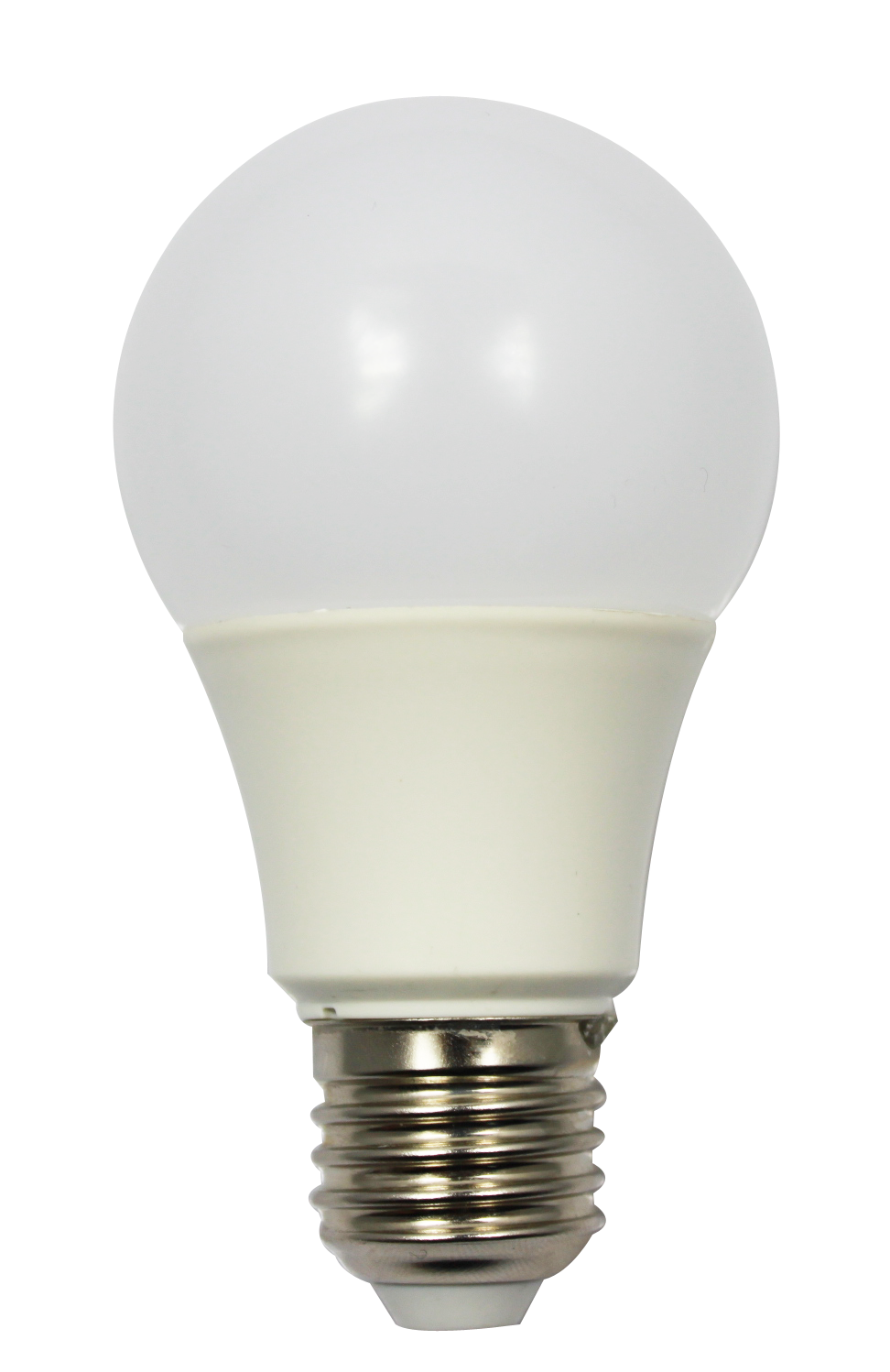A bulb is an electrical device that generates light when powered. Common types include fluorescent, and LED bulbs, varying in energy efficiency and brightness.
Specifications
Primary Function
Converts electrical energy into light through a filament (in incandescent bulbs) or gas (in fluorescent and LED bulbs).
Used for general illumination, task lighting, or decorative purposes.
Types of Bulbs
Incandescent Bulbs:
The traditional light bulb that produces light by heating a filament.
Less energy-efficient with a shorter lifespan, typically lasting around 1,000 hours.
Warm light but consumes more electricity compared to newer types.
Fluorescent Bulbs:
Use a gas-filled tube to produce light when electrically charged.
More energy-efficient than incandescent bulbs and typically last around 10,000-15,000 hours.
Cooler light compared to incandescent bulbs.
Available in tube or compact form (CFL).
LED Bulbs:
Light Emitting Diode technology that offers the most energy-efficient lighting solution.
Extremely long-lasting, often up to 25,000-50,000 hours.
Provides bright, clear light with options for cool or warm light.
Uses significantly less energy than both incandescent and fluorescent bulbs.
Energy Efficiency
LED Bulbs: The most energy-efficient option, using up to 80-90% less energy than incandescent bulbs.
Fluorescent Bulbs: Consume less power than incandescent bulbs but more than LEDs.
Incandescent Bulbs: Least energy-efficient, consuming much more power for the same level of light output.
Brightness
Measured in lumens: The higher the lumens, the brighter the light.
LED bulbs offer the highest brightness for the lowest power consumption, ideal for both indoor and outdoor lighting.
Fluorescent bulbs offer moderate brightness but are generally less efficient than LEDs.
Incandescent bulbs provide lower brightness at a higher energy cost.
Lifespan
LED Bulbs: Longest lifespan, with 25,000 to 50,000 hours of use, making them a cost-effective option over time.
Fluorescent Bulbs: Last for around 10,000-15,000 hours.
Incandescent Bulbs: Have the shortest lifespan, typically 1,000 hours.
Color Temperature
LED Bulbs: Available in a wide range of color temperatures from warm white (2700K) to cool white (6500K), suitable for different moods and spaces.
Fluorescent Bulbs: Typically available in cool white or daylight options.
Incandescent Bulbs: Known for their warm, yellowish glow, typically around 2700K.
Applications
General Lighting: Common in homes, offices, and public spaces for general illumination.
Task Lighting: Used for specific tasks like reading, cooking, or working, where focused light is needed.
Decorative Lighting: Used for ambiance or accent lighting in homes, events, and public areas.
Outdoor Lighting: LED bulbs are increasingly used in outdoor applications such as street lights, garden lights, and security lights due to their energy efficiency and brightness.
Key Considerations
Energy Efficiency: Opt for LED bulbs to reduce energy consumption and lower electricity bills.
Brightness Needs: Choose bulbs with appropriate lumens based on the size of the room and lighting requirements.
Environmental Impact: Consider LED bulbs, which have a smaller carbon footprint and are recyclable.
Cost: While LED bulbs are initially more expensive, their longer lifespan and energy savings make them a more cost-effective choice in the long run.
